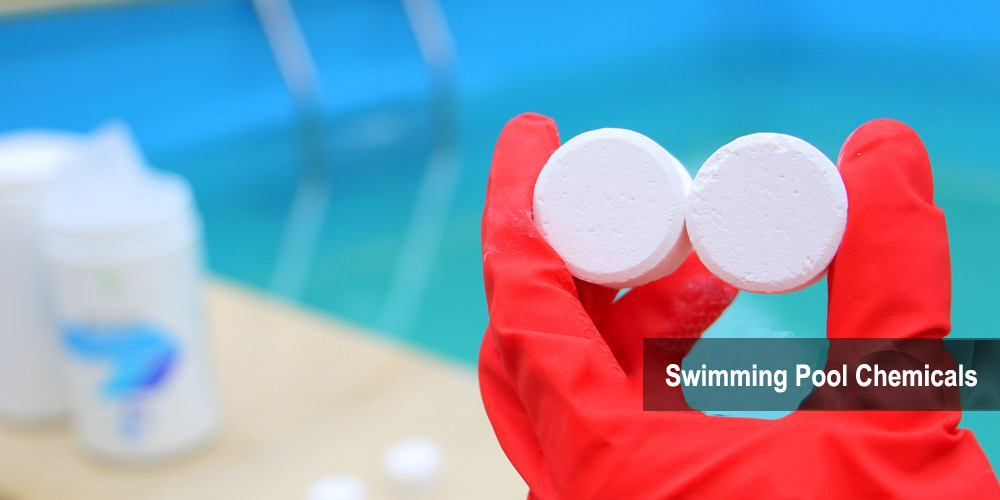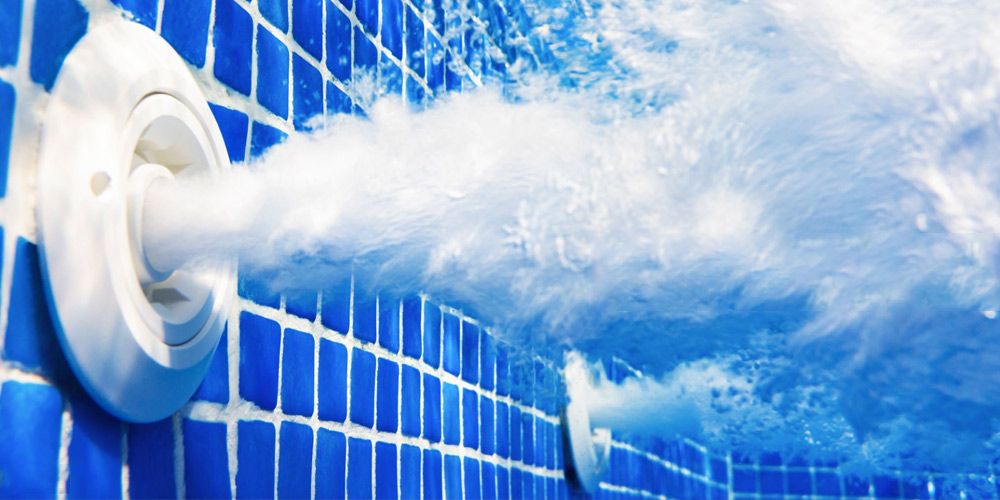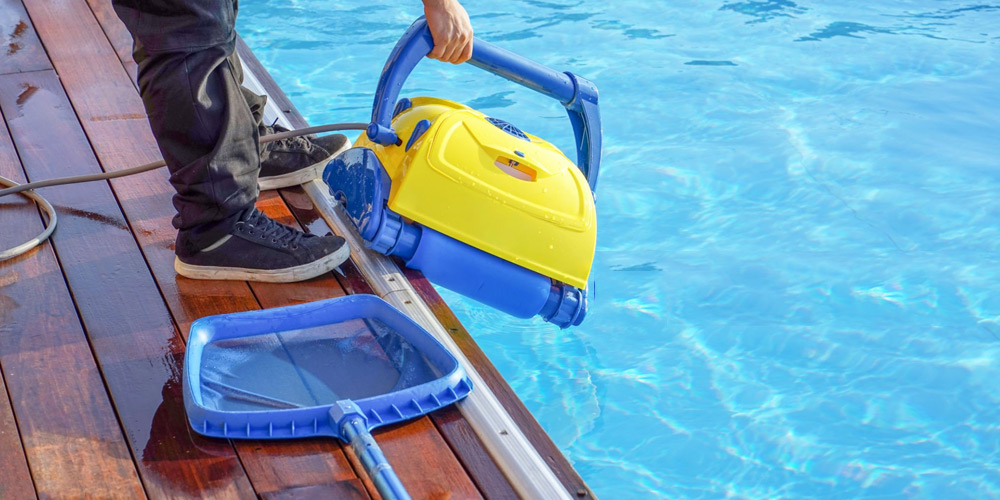Бассейнны чиста һәм куркынычсыз тоту мөһим. Бассейнны тоту турында килгәндә, сез уйлаганыгыз бармы: бассейнны чистартуның иң яхшы ысулы нинди? Мин сезнең сорауларга җавап бирермен. Эффектив бассейнны тоту суның ачык һәм пычраткыч матдәләрдән азат булу өчен берничә төп адымны үз эченә ала. Менә иң яхшы практиканы чистарту өчен бассейнга этап-этаплап күрсәтмә, барысын да бассейн химиясен җиһазларга хезмәт күрсәтүгә каплый.

Беренчедән, дөрес бассейн химик сайлау белән башлап җибәрегез
Хлорау дезинфекты - бактерияләрне һәм башка зарарлы организмнарны бассейны суда чиста һәм куркынычсыз тоту өчен төп дезинфекциональ. Гомуми хлор нигезендәге дезинфекцияләрнатрий дихлоройисокынрат, трихлоройисокяну кислотасы, һәм кальций гепоклорит.
Химик балансрлар
Балансүчеләр PH, Alkalinity, стабилизатор дәрәҗәсен, бассейн суының каты булуын көйлиләр, башка бассейнга химик матдәләрне чистартырга мөмкинлек бирә (хлор һәм алгаекидлар кебек) эффектив эшләргә мөмкинлек бирә. Алар шулай ук бассейнга һәм җиһазларга зыян китерергә комачаулыйлар.
Үз эченә ала
PH баланслар:
Alkalinity балансланучылар
Кальций катгыйлык баланслерлары
Стабилизаторлар (Cyянурик кислотасы): Әгәр дә тозлы су генераторларын яки дистәфәт өчен тозлы су гепочмакларын куллансагыз, Chaanuric кислотасын формалаштыру, гадәти дәрәҗәдә ирекле хлор дәрәҗәсен саклау өчен. Хлорага бассейнда калырга мөмкинлек бирүче киртә булып эш итә. Стабилизатор булмаса, бассейнга хлор бераз күбрәк өстәлергә тиеш, бу сезгә вакыт һәм акча кирәк.
ALGACIDES:
Algaecides - AGGA үсешенә охшаган һәм алар белән аерылып торган химик матдәләр. Алар бассейн яшелне кабызырга һәм бассейн адым ясарга мөмкин, тайгак һәм куркынычсыз. Algaecides Algaeсын үтерегез һәм үсүдән саклый, бассейнның фильтрлау системасыннан аны бетерү өчен җиңелрәк.
Клариферлар
Клариферсны бергәләп бассейн су ачыклыгын арттыралар, кечкенә, филь-фильтрларны бүлешү, фильтрлау системасы аларны җиңел генә бетерә ала.
Сезнең бассейн фильтры яхшы кисәкчәләр һәм пычраткыч матдәләр һәм бассейн суы болытлы булып киткәндә бассейнны кирәк.

Насослар һәм фильтрлар
Бассейн насослары сезнең бассейнның фильтрлау системасыннан су әйләнә, бассейннан су тартып, аны фильтр аша куып чыгарып, чиста су яндыру. Бассейн фильтрлары судан калдыкларны һәм пычраткыч матдәләрне судан таркатып, су белән тарта.
Шуңа күрә фильтрны регуляр рәвештә чистартыгыз, бассейн насосыгыз дөрес тарала. Бассейн суының чиста булуын тәэмин итү.

Бассейнны чистарту кораллары
Туфаннар һәм хаталарны су яфраклары һәм хата итеп куллану өчен бассейны скооп челтәрен кулланыгыз, алар көн саен су яфраклары һәм череп беткәнче, бассейн хлор ихтыяҗларын арттыралар. Көн саен селкенү сезнең бассейнның тышкы кыяфәтен арттырмый, ләкин сезнең фильтрлау системасындагы йөкне дә киметә.
Физик чистарту химик хезмәт күрсәтү кебек мөһим. Пычрак диварларны, адымнарны һәм почмакларны регуляр рәвештә чистартырга регуляр рәвештә чистартыгыз, пычрак һәм алга җыелудан. Кул белән яки автоматик бассейн вакуум пычраклыктан пычракларны булдырмас өчен, пычракларны булдырмас өчен, бассейн төбен чистарта ала.
Чүп-чарны чыгару өчен махсус бассейны вакуум яки охшаш автоматик бассейн кулланыгыз.
Бассейнны чиста тоту химик баланска да, физик чистартуга да игътибар таләп итә. Су химияне регуляр рәвештә сынау һәм көйләү белән, скраберлау һәм вакуум һәм фильтрлау системасын саклау, сез бассейнны чиста, аңлагыз һәм йөзүчеләр өчен куркынычсыз мохитне саклый аласыз.
Пост вакыты: Октябрь-31-2024
